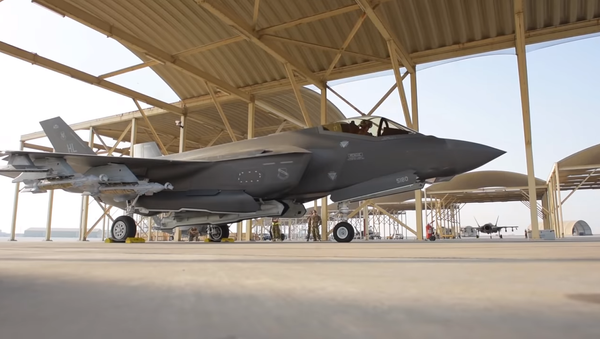According to a memo by the plane’s manufacturer that was obtained by Bloomberg, the safety system that prevents the F-35 from exploding due to a lightning strike was found to have a problem, resulting in weeks of manufacturing delays and requiring changes to how the plane is allowed to fly.
The system in question, the Onboard Inert Gas Generation System (OBIGGS), keeps nitrogen-enriched air in the plane’s fuel tanks so that they don’t explode if lightning hits the aircraft.
According to the memo, flaws in the tubing used to circulate this gas were found in 14 of the 24 F-35As inspected by the F-35 Joint Program Office (JPO). The A model is the most widely used version of the stealthy jet, operating from normal runways and exported to several partner nations.
Since Lockheed cannot verify the plane won’t explode if hit by lightning, it has instead opted to suggest new flight restrictions to avoid the possibility.
“As a safety precaution, the JPO recommended to unit commanders that they implement a lightning flight restriction for the F-35A, which restricts flying within 25 miles of lightning or thunderstorms,” Lockheed Martin said in a statement, Defense News reported on Wednesday. “We are working with the F-35 Joint Program Office (JPO) on a root cause corrective action investigation to determine next steps.”
The defense contractor further noted the problem is arising in the field, not during the manufacturing process.
The problem was first identified in 2009, according to Pentagon documents, but was fixed in 2014 following a complete redesign of the fuel tank, at which time similar flight restrictions were lowered.
Renewed vulnerability to lightning is just the latest problem discovered in the $1.6 trillion F-35 program. In April, the Navy announced its B and C versions of the jet would receive no correction for a blistering problem that occurs in the aircraft’s tail at supersonic speeds, electing instead to simply restrict pilots’ operational rules, similarly to this latest fix.

